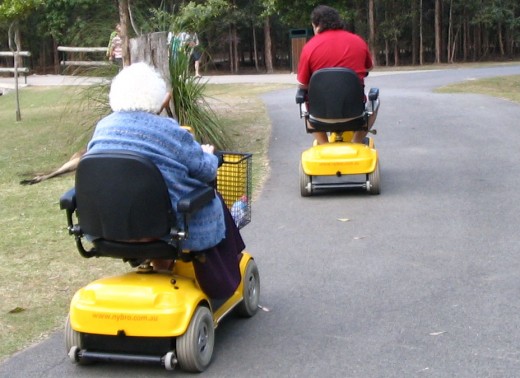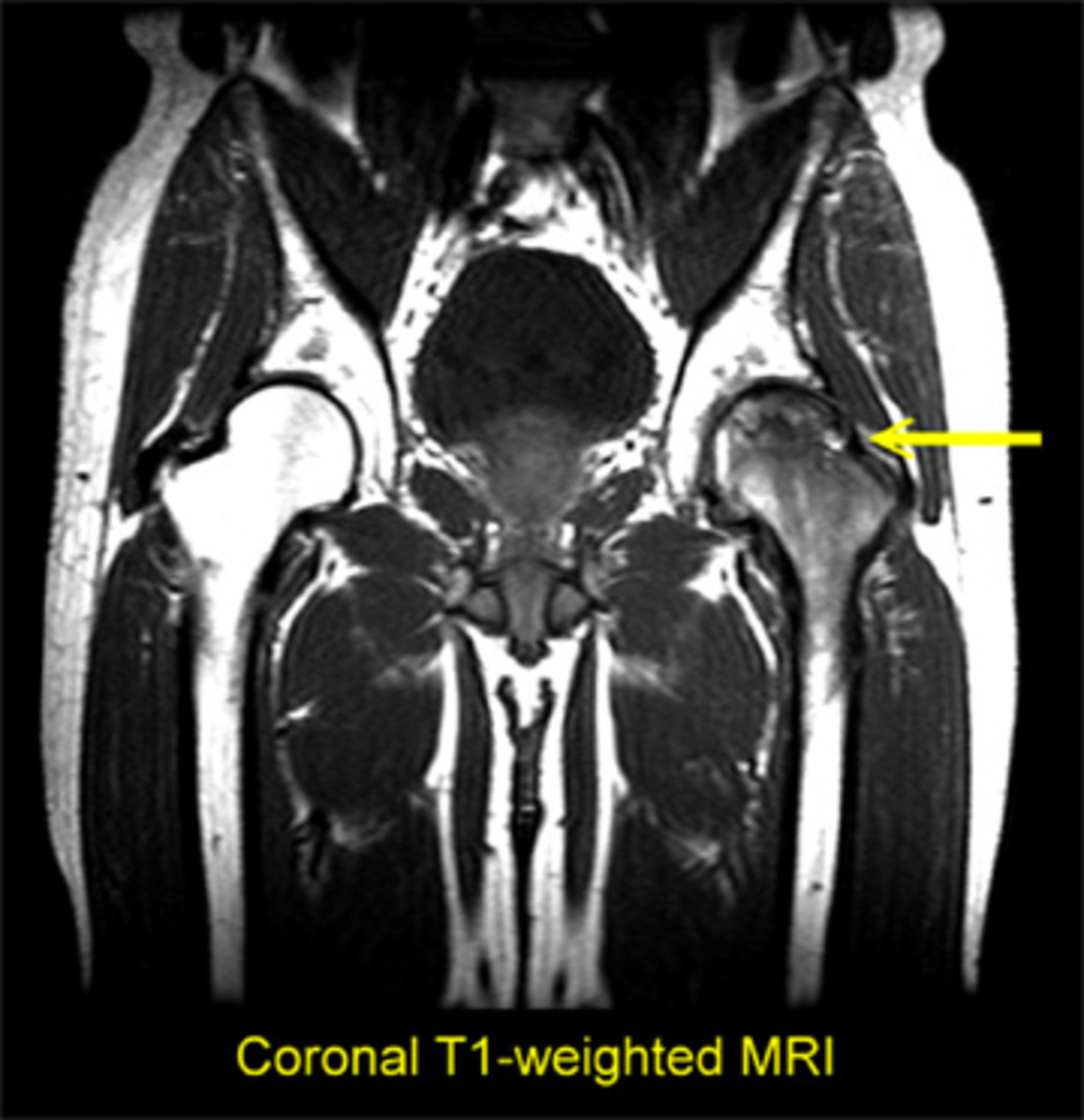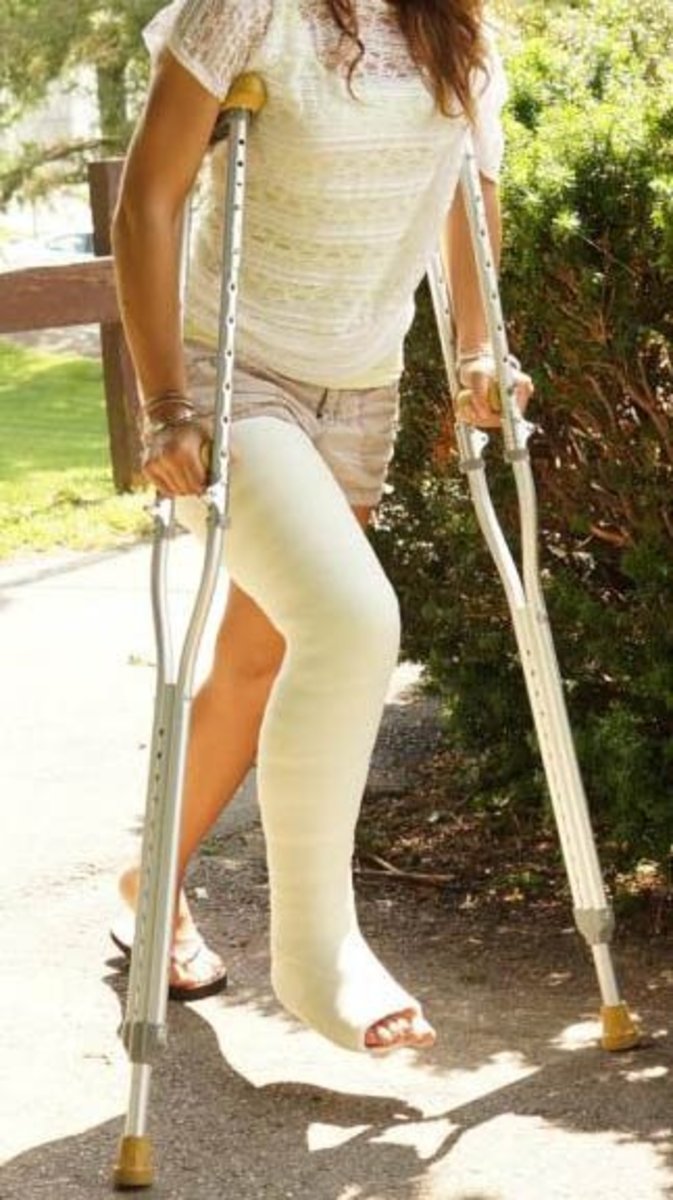The Mobility Scooter

It's hard to imagine a world without the electric mobility scooter, but this revolutionary device was only invented around 1968. The electric mobility scooter was created by a man named Allen Thieme who evidently decided to create a powered mobility device to help one of his family members who suffered with multiple sclerosis. The powered mobility scooter can be thought of as an evolution of the motorized wheelchair which was developed in tho 1940s to help injured veterans of World War II.
It might be helpful to delve further into history to find out more about the wheelchair. Well, maybe not helpful to understanding the current day scooter, but it is interesting. Let's start with a general definition - A wheelchair is a mobility device upon which someone can sit. The device is then propelled by turning wheels - either by using your hands or by using a motor.
Wheelchairs have been around since at least the 6th century and were possibly invented back then in China! Indeed, it seems pretty obvious to us today to attach wheels to a chair to help move someone who was disabled or immobile around more easily, but it was probably a fair old breakthrough back in it's time. Anyway, we know that the wheelchair was invented in the 6th century because of an iscription on a stone slate.
The next real breakthrough probably came from Harry Jennings who was the first to create a light collapsible wheelchair. This was somewhere around 1933. As with many of these breakthroughs, Jennings worked on the wheelchair helping out a friend who had broken his back in a terrible accident while he was mining. These two guys were pretty astute because they immediately saw the potential in these chairs and decided to mass produce them. Their design is still a time honoured classic and is still in use today. This is the classic x-brace wheelchair.
Anyway, wheelchairs were for a long time propelled either by the person sitting on the chair by pushing on the oversized wheels, or by an attendant pushing from behind using handles, much like one would push a supermarket trolley. The motorised wheelchair once again revolutionised the industry allowing those who were too weak to propell themselves or in fact too disabled. Motorised wheelchairs have a joystick which allows control over the chair.
Now the mobility scooter is in many ways very similar to the motorised wheelchair, but it usually has a longer wheelbase and looks more like a motor scooter obviously. The seat of the scooter is usually sat over the rear wheels and there is an area for the feet and handlebars to steer. If this is starting to conjur up images of crazy old grannies riding round in packs like some aged hells angels gang, you aren't far wrong - when they get out there doing there shopping it can feel like they really are out to get you....just kidding.
The mobility scooter is battery powerd and usually this is recharged every day. Back to the invention of the scooter back in 1968 - the first model was made at home by Mr Thieme and was called The Amigo. Thieme, just like his predecessor Jennings started a company called Amigo Mobility International to manufacture and sell these scooters. Indeed the company is still going today and even supplies a Shabbat module of the scooter for use on the Sabbath.
So why would one use a mobility scooter instead of a wheelchair? Well there are several advantages - most mobility scooters have some good safety features that slow them down when going on a downhill to prevent tipping over. Getting on and off the scooter is done by using a swivelling chair which can be easier to use than trying to lift the feet rests on a wheelchair for people who have mobility difficulties. And of course the scooters are usefull for people who have mobility difficulty but are still able to walk a few steps and sit upright without support for their torso. One of the other advantages is simply cosmetic. A scooter and a wheelchair look very different and this is a great incentive for some people who don't like the idea of using a wheelchair because they think it makes them look old. The greatest disadvantage of the mobility scooter is that they are usually more expensive than their motorised wheelchair cousins.








